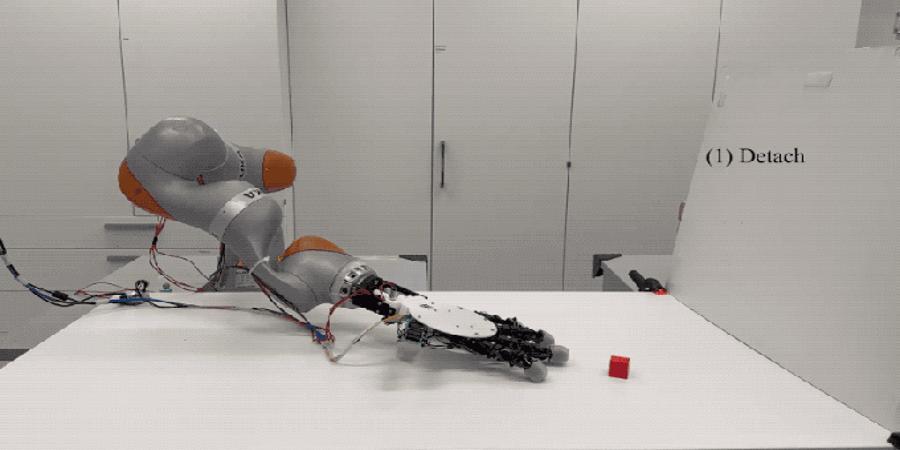Have you ever come across a research video that just gets better the more you watch? “Beyond Manual Dexterity” is one such video that will leave you in awe. The video starts with a highly advanced robotic gripper, showcasing its incredible dexterity. But what’s even more impressive is what happens next.
The research, conducted by the École Polytechnique Fédérale de Lausanne (EPFL), aimed to explore new ways for robotic hands to grasp a wide range of objects. The team developed a deep learning model that significantly advanced dexterous manipulation techniques for multi-fingered hand grasping. However, they also recognized the limitations of robotic hands in cluttered environments and set out to overcome this challenge.
What’s unique about this research is that it breaks free from the constraints of natural inspiration. Instead of designing a robotic hand that resembles a human hand, the team created a system that’s capable of adapting to different situations. This includes a robotic hand that can bend backward to grasp objects and detach itself to move around.
While this new design may look a bit unsettling, it’s a significant step forward in robotics grasps. The technology has the potential to revolutionize the way robots interact with their environment and could be used in various industries such as manufacturing, healthcare, and more. While scaling this technology is still a challenge, the research is certainly generating excitement in the field. As one researcher notes, “Although you see it in scary movies, I think we’re the first to introduce this idea to robotics.”



